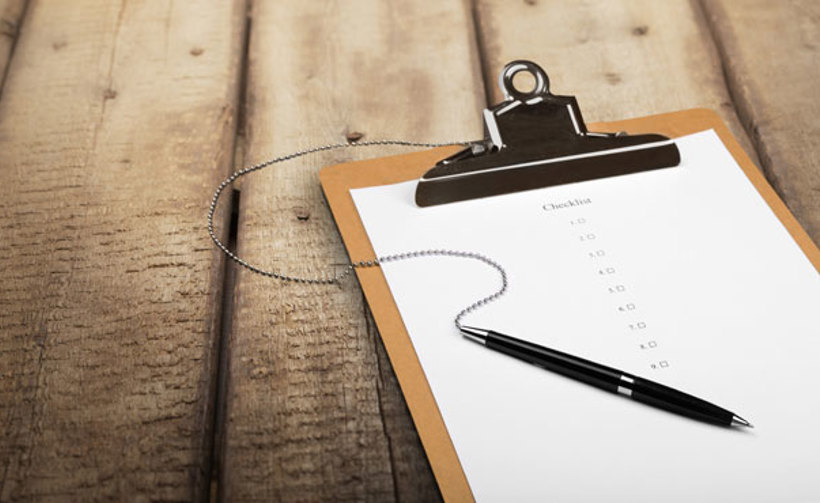
The first of September 2016 heralded the commencement of a new voluntary pre-action protocol in Scotland for personal injury claims based on clinical negligence.
Unlike in England, there is no statutory basis for a binding protocol in Scotland, so this Scottish version is based on mutual agreement between pursuers’ agents and defenders (primarily, the NHS Central Legal Office and the MDDUS). If both sides agree to follow the protocol, then any failure to comply may result in the Court imposing sanctions if a court action is then raised.
So why sign up to it?
The voluntary protocol has been kept simple to encourage update and ease of use. Its aims are:
(a) To put parties in a position where they may be able to settle cases fairly and at an early stage without the need for litigation;
(b) To ensure early provision and exchange of information reasonably required to enter into meaningful discussion;
(c) To enable appropriate offers to be made at an early stage.
It also aims to encourage good practice and the joint exploration of rehabilitation at an early stage, without prejudice to liability. Even where cases do not settle, the use of the protocol should narrow the issues in dispute.
The protocol only covers claims for damages against a healthcare professional or health board where clinical negligence is claimed AND where the total value of the claim, exclusive of interest and expenses, is estimated at no more than £50,000. If parties agree to use of the protocol, then it is expected that, in the bulk of cases, parties will have complied with the protocol rules before commencing court proceedings. Exceptions include the raising of proceedings for time-bar reasons, but even then, cases should be sisted until the protocol has been complied with.
In terms of the protocol, the claimant may request health records from the defender and copies must be provided within 40 days of the request, subject to sufficient relevant information being provided. Once the records have been received and assessed, the protocol, which is in seven stages commences:
Stage 1 – Letter of Notification - This gives the defender some warning that a Letter of Claim is likely to be intimated and the defender must respond within 14 days.
Stage 2 – Letter of Claim - This should be sent as soon as possible after a view is taken that there are grounds to claim. The letter should summarise facts, adverse outcome and negligent act, injuries sustained and financial loss. Relevant documents are also exchanged at this stage and any condition which might benefit from treatment or rehabilitation should be identified. A settlement proposal may be made at this point.
Stage 3 – Acknowledgement of Letter of Claim – within 14 days.
Stage 4 – Letter of Response - The defender has a maximum of four months from receipt of the Letter of Claim to investigate and send a Letter of Response, which must state whether the claim is admitted or denied, and which should respond to any proposal for settlement. Exchange of supportive documentation is required.
Stage 5 – Response to offer of Settlement - This must be issued within 28 days of receiving an offer, either accepting, or issuing a reasoned response.
Stage 6 – Stock-Taking Period - Proceedings should not be raised until at least 14 days after the reasoned response.
Stage 7 – Payment – within five weeks of settlement.
Templates have been created for the various steps in the protocol and email is encouraged as the method of communication, where possible.
As the protocol has only been operative for a month, it is too early to assess its potential impact on the early settlement of claims, but the ‘cards on the table’ approach being advocated can only be a positive for claimants.
Take the next step
- Call us on 0131 226 5151
